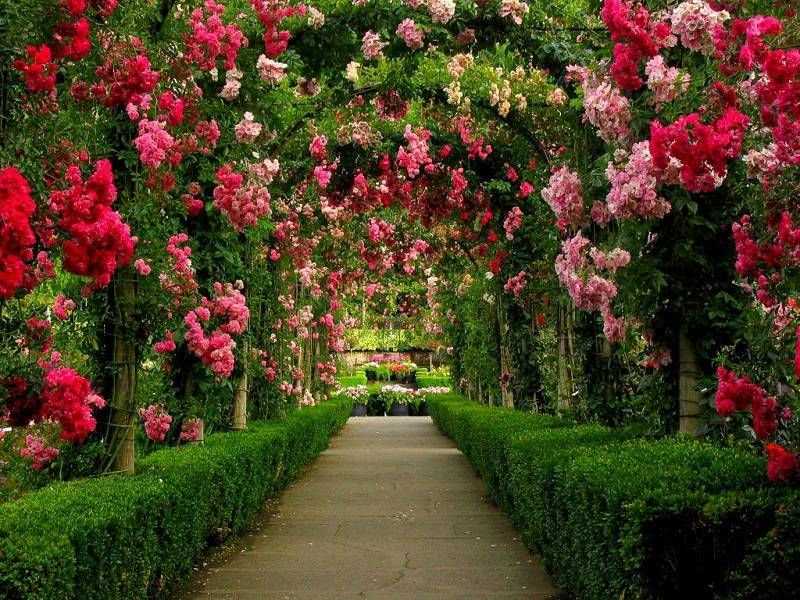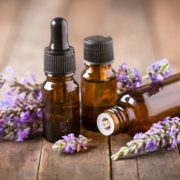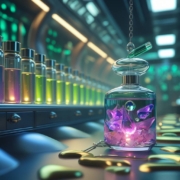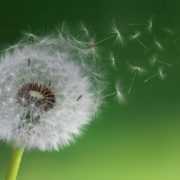Botanical Perfumery
Botanical perfumery has a distinct and long history as a profession as well as an art. Botanical perfumery has been practiced for thousands of years by Natural Perfumers, often along with other natural sources such as animal derivatives and soils. Both the inspiration and source of raw materials in botanical perfumery are plants.
In this article, we’ll explore everything you need to know about botanical perfumery including history, ingredients, and more. So, let’s get started.
Table of contents
-
What is botanical perfumery?
-
History of botanical perfumery
-
Ingredients used in botanical perfumery
-
How botanical perfumes are made
-
Botanical perfumes in wellbeing
-
Final words
What is botanical perfumery?
Botanical perfumery is the art of blending fragrance ingredients of botanical origin such as roots, flowers, seeds, resins, and gums to prepare aesthetically pleasing herbal fragrance compounds used to fragrance a full range of herbal industry products from herbal perfume to household to personal products. The herbal fragrance compound is widely used as the aromatic foundation for botanically fragranced products and fragrant herbal products.
History of botanical perfumery
The art of botanical perfumery originated in the ancient civilizations of the Indus valley, Mesopotamia, Egypt, and Ancient China. Afterward, it was developed by the early Persian and Arab physicians, who introduced the technique of distillation and the suspension of essences derived from botanicals in natural alcohol.
This knowledge was subsequently spread across Medieval Europe, and perfumery soon prospered among royal families especially in England, Italy, and France. Fragrant botanical oils were also becoming popular for wellbeing and healing, which meant that the professions of physicians or apothecaries and perfumers became closely intertwined.
In the 17th and 18th centuries, surprisingly the European leather industry accelerated the development of perfumery to cover the unpleasant odors of leather goods such as gloves and riding saddles. Since leather production used rotten offensive smelling processes, leather goods presented unpleasant odors to all consumers who used them. Therefore, high society consumers and the European nobility claimed that their leather commodities should have a pleasant fragrance. Since then, leather glove makers started the cultivation of botanicals, particularly flowers, and used them to produce essential oils.
In the 18th century, the queen of France, Marie Antoinette’s obsession with perfume was well documented. She used a variety of perfumes in different circumstances and even used to scent her bathwater.
In the 19th century, the French war and revolution in Europe gave Britain the opportunity to lead the production and commercialization of European perfumes. With its technological advances and rapid industrialization Britain was able to create an affluent and flourishing consumer society. The British Empire, with its organizations like the East India Company and global trade routes, brought different exotic ingredients and spices to create and supply more demanding fragrances across their territories. The modern era of perfume was born.
Ingredients used in botanical perfumery
In botanical perfumery, perfumes are necessarily produced from botanicals: a mix of aromatic plant materials. Different botanical extracts and essential oils are derived from different parts of the plant including roots, flowers, seeds, wood, bark, leaves, and resins. Botanical extracts come in many different forms such as tinctures, absolutes, glycerites, powders, butter, infused oils, and many more.
However, things have widely changed since the early days of botanical perfumery. Technological advances have allowed many of these plant-derived natural substances to be produced artificially. But natural perfumes are still in demand with their unique nobility and healing properties.
In a true sense, synthetic or artificial compounds and animal essences are never used in botanical perfumery. Though animal essences are also derived naturally from natural fauna and highly respected in natural perfumes, these come in the non-vegan category, hence, not incorporated in botanical perfumery.
How botanical perfumes are made
As the name suggests, botanical perfumes are made using only botanical or plant-based materials. This means, in pure botanical perfumery, no synthetic substances, preservatives, or animal-derived essences are used in the manufacturing processes. Instead, essential oils, absolutes, CO2 extracts, balsams, oleoresins, natural isolates, and resins are widely used.
Balsams and resins show strong fixative properties. While some ingredients have the strength to give the character quality to the perfume blend, especially when used with some moderation, others act as great blenders that work to unite essences.
Plant-based raw materials can be sourced locally or globally. Some perfumers even wildcraft their raw materials on their own after sourcing from farmers and artisan producers. Then most perfumers use enfleurage and tincturing process to extract the essence, providing the scope to capture unique natural fragrances from the botanicals. Though both methods of capturing aromas are traditional and time-consuming, there’s nothing satisfying other than producing pure extracts on your own to create unique herbal perfumes.
Next, the materials are diluted to play with many different tiny trials until the desired results come out. After months or sometimes even years of formulation, perfumers use to blend the perfume. When blended, it requires going through a two-stage aging process – maturation and maceration, for usually up to six months until it reaches a certain point of equilibrium.
Finally, the unique fragrant oil is chilled and filtered for removing particles and haze. The final perfume is ready now. It is poured into crystal bottles and labeled.
Botanical perfumes and wellbeing
Although botanical perfumes are usually used to impart a pleasant scent to our bodies, clothing, and living spaces, they have been synonymous with wellbeing throughout history.
Botanical perfumes or essential oils have been described to have many different healing properties. They show anti-inflammatory, antiviral, antibacterial, antifungal, neuroprotective, cardioprotective, rejuvenating, and hormone balancing actions among others. Therefore, essential oils and perfumes derived from botanicals have been widely used to treat diverse physical and emotional issues for centuries.
Final words
Botanical perfumes are highly respected and valued for their various pleasant fragrances that come under several categories such as floral, citrus, oriental, woody, and fresh. Besides, they have diverse healing properties that are used as potential therapeutic agents in various physical and mental health conditions. But, whenever you consider purchasing a botanical perfume, make sure the perfume is made using pure natural botanicals and doesn’t contain any harmful synthetic ingredients.
Here you can check out our Pure and Natural Botanical Perfumes.
SEE ALSO
























Leave a Reply
Want to join the discussion?Feel free to contribute!